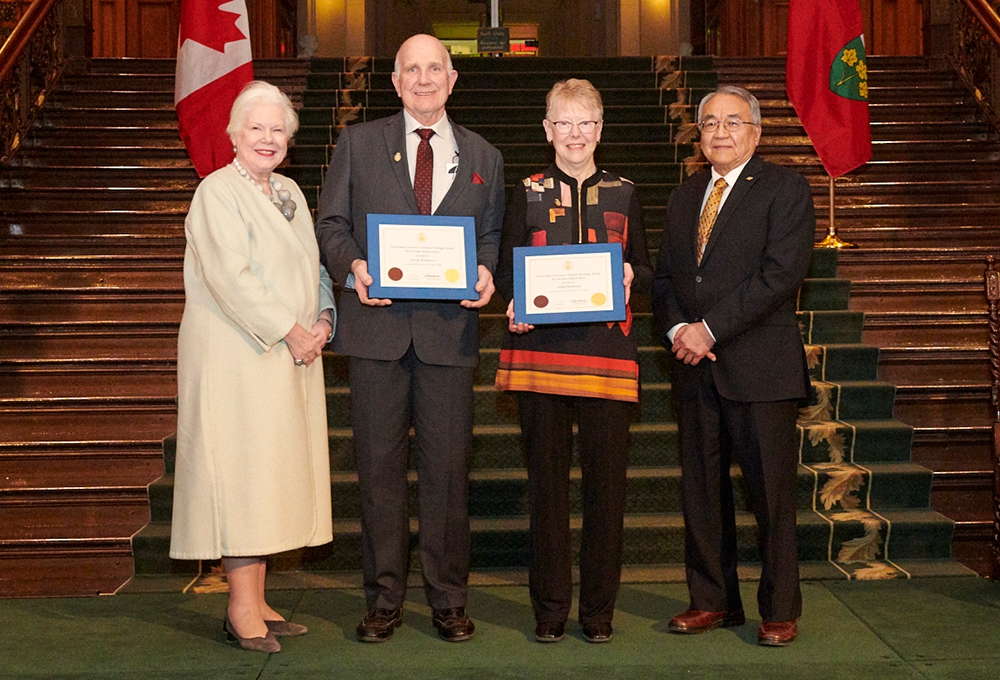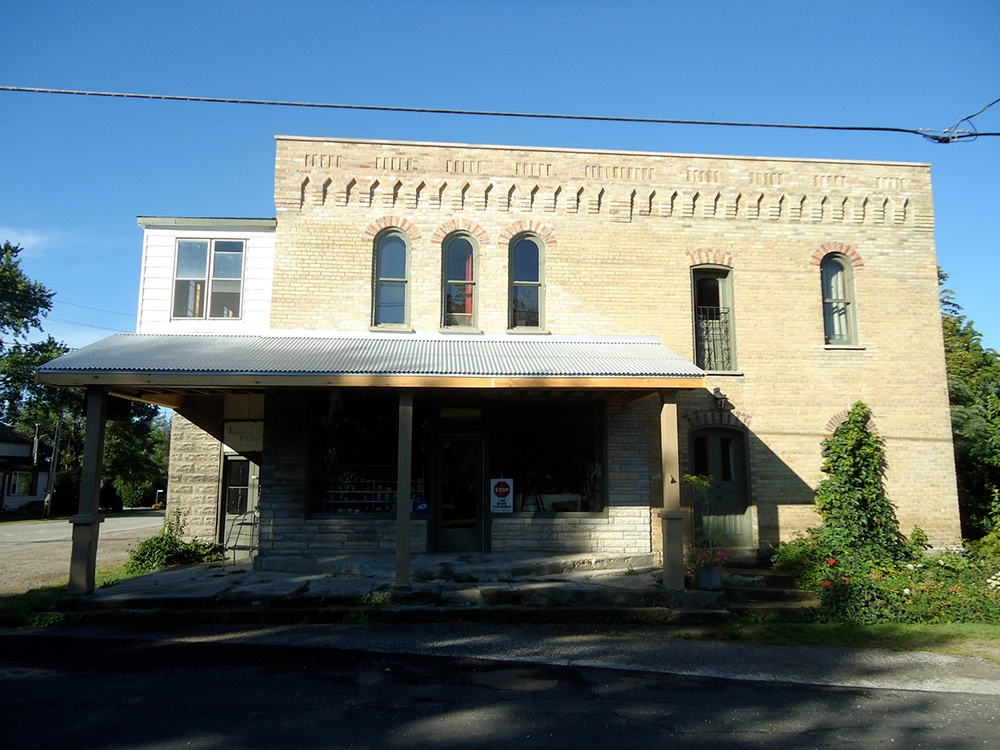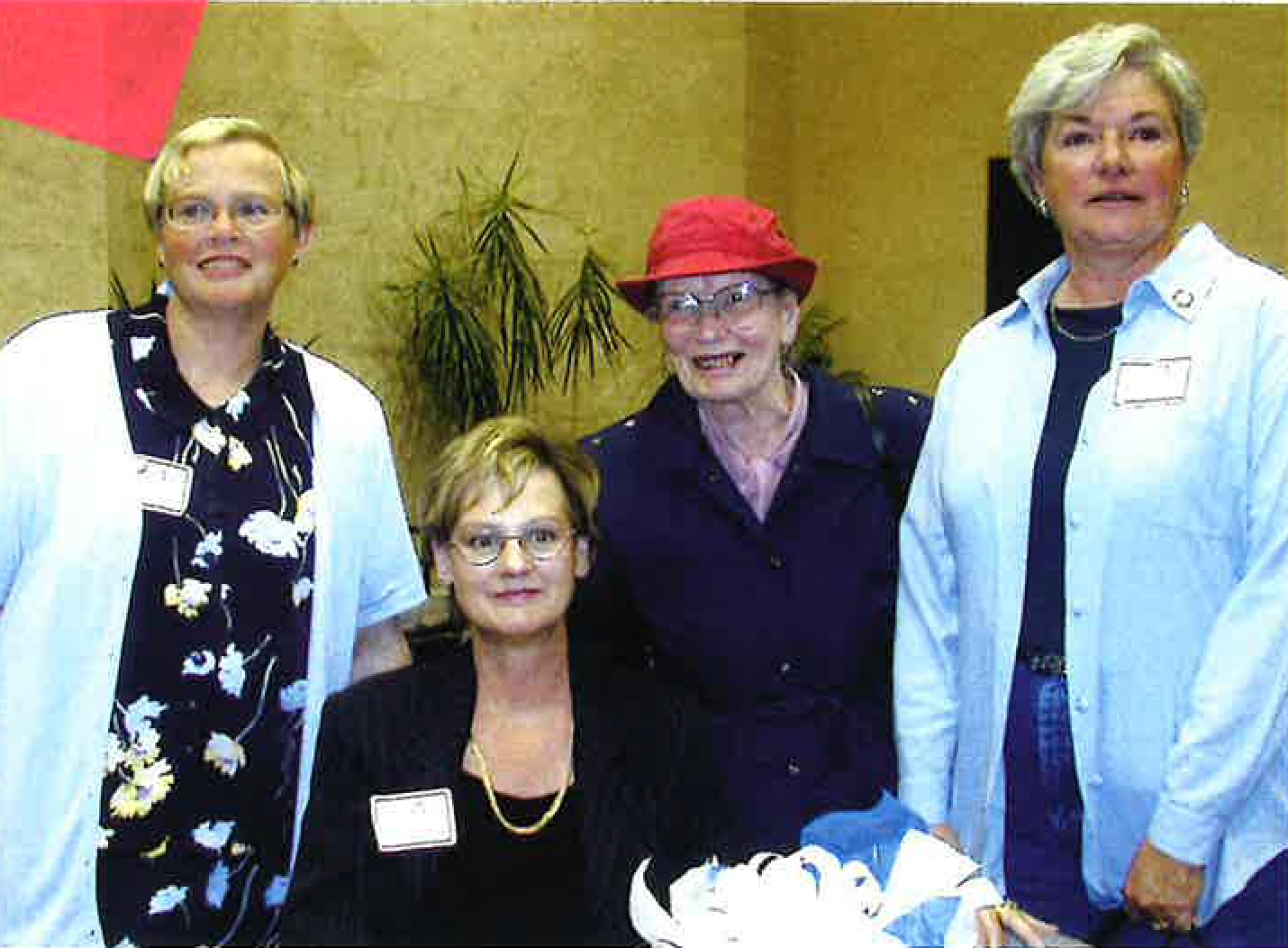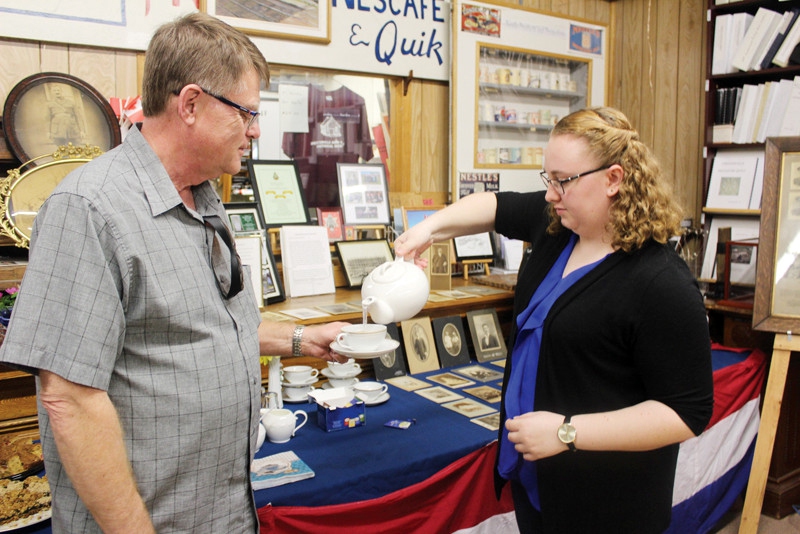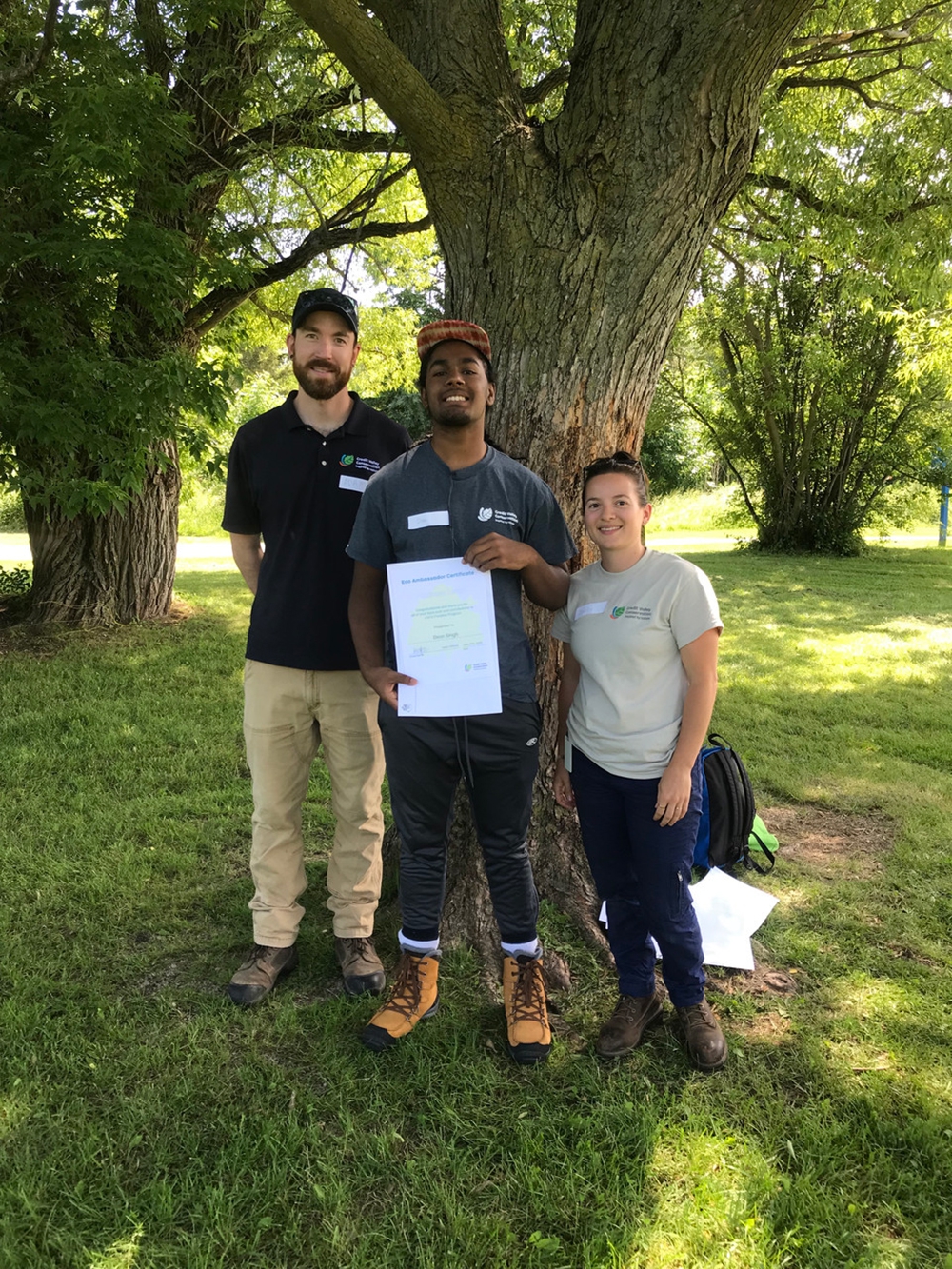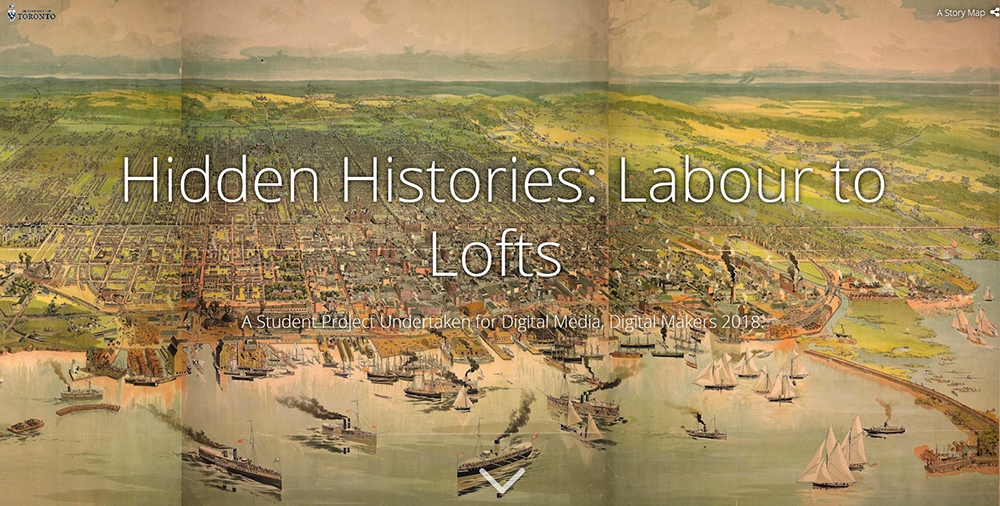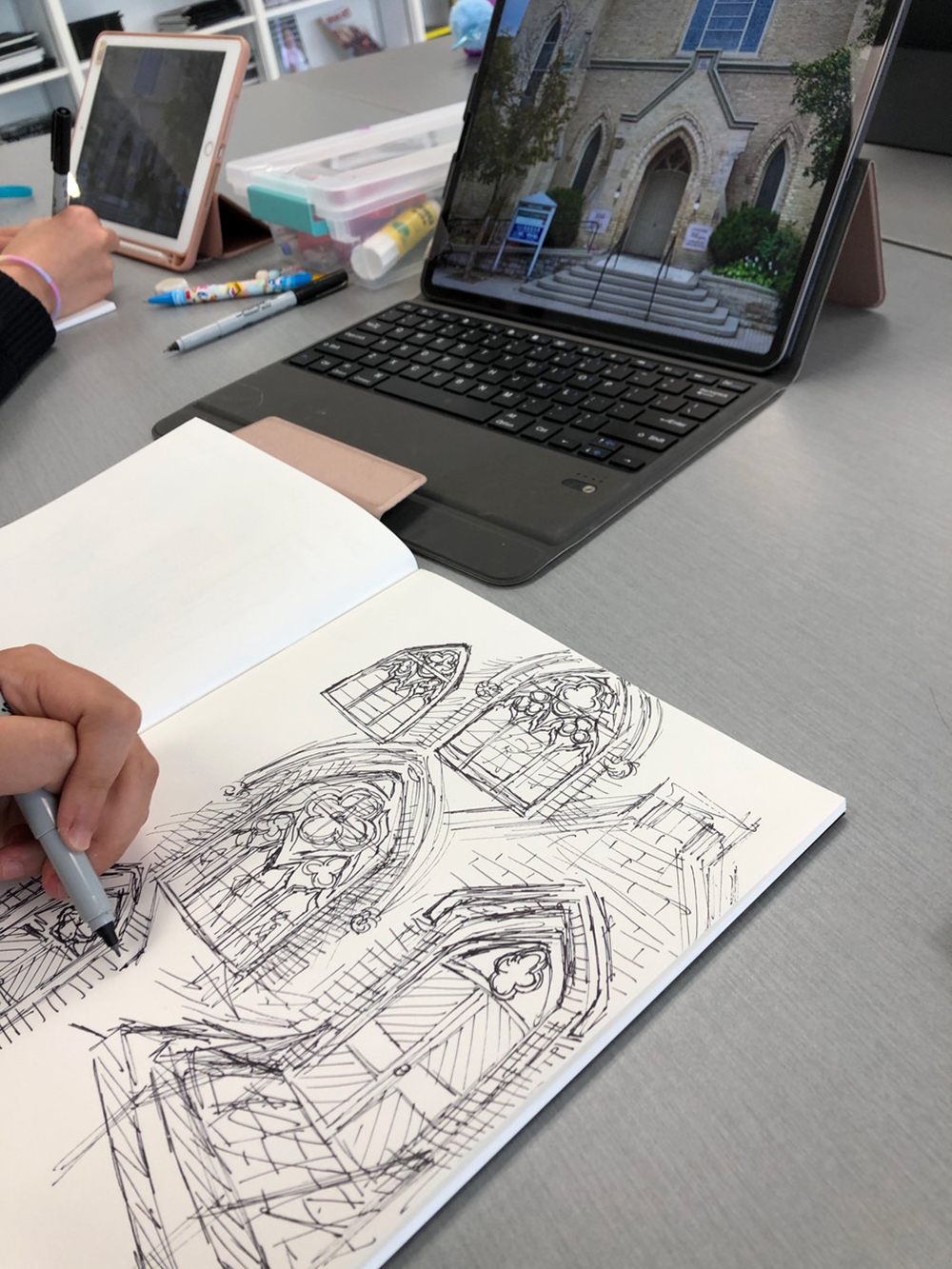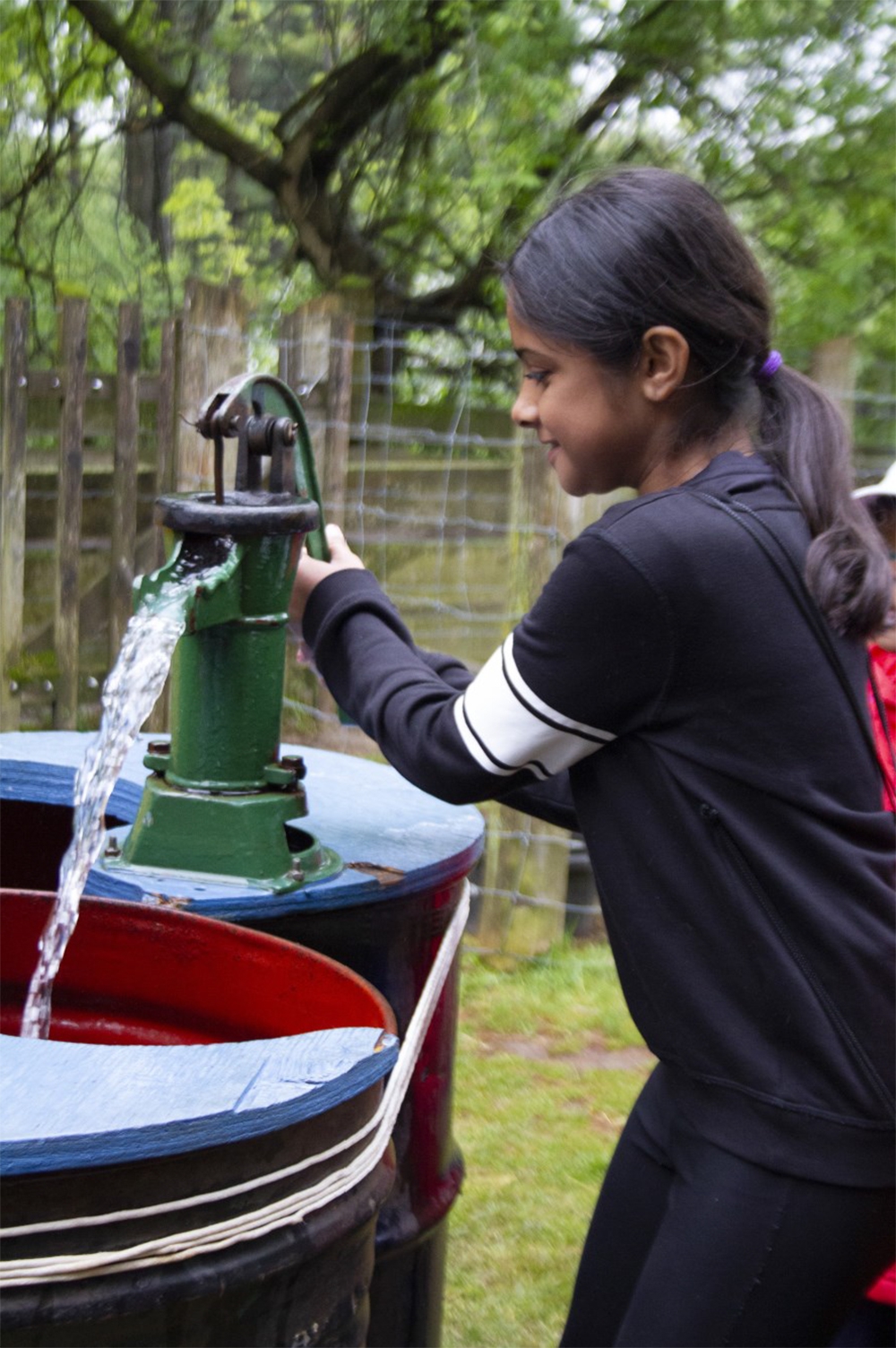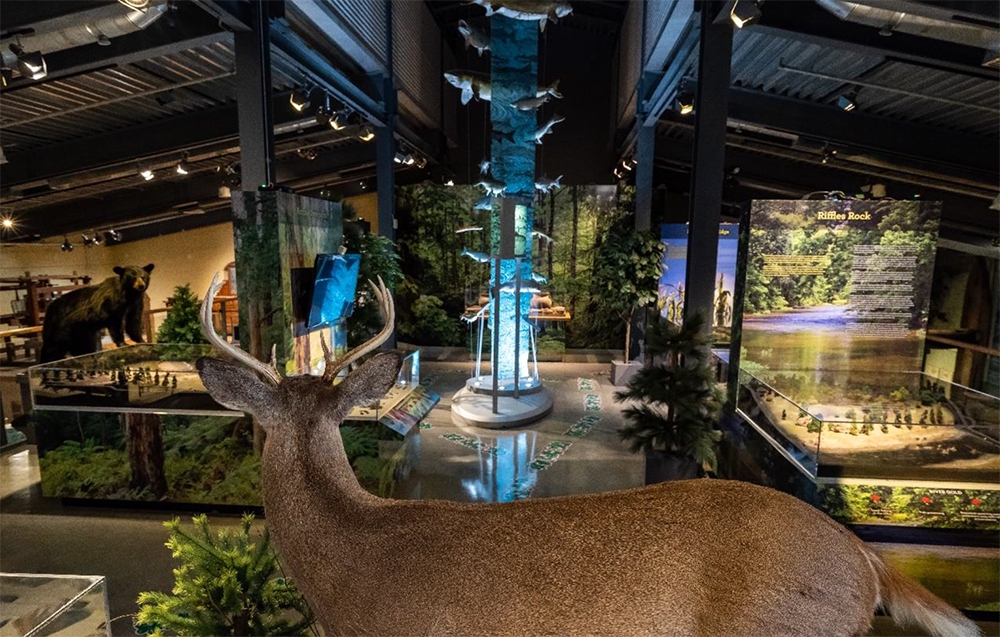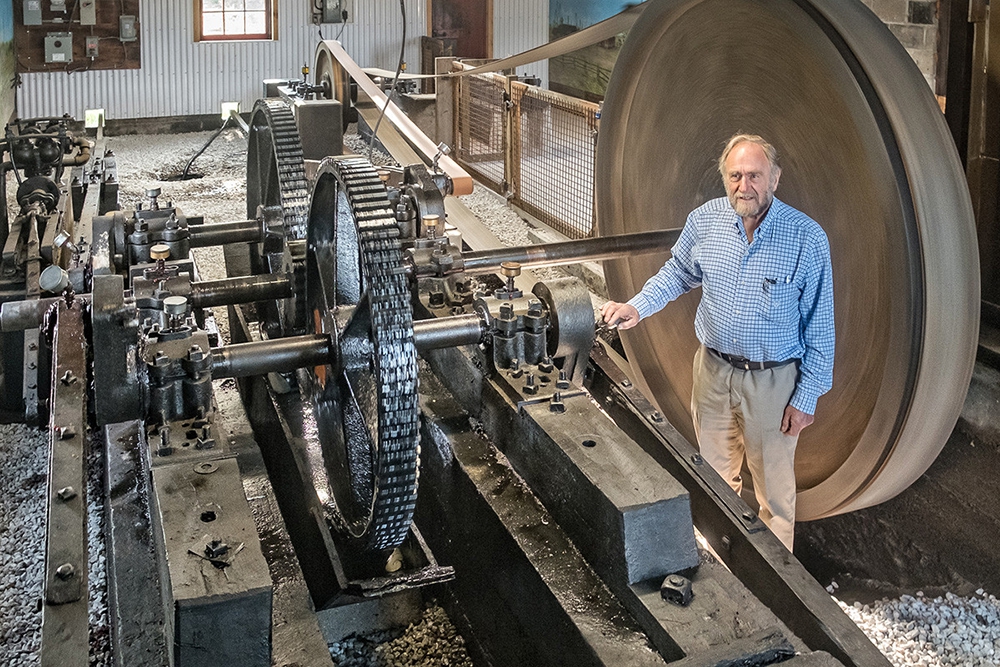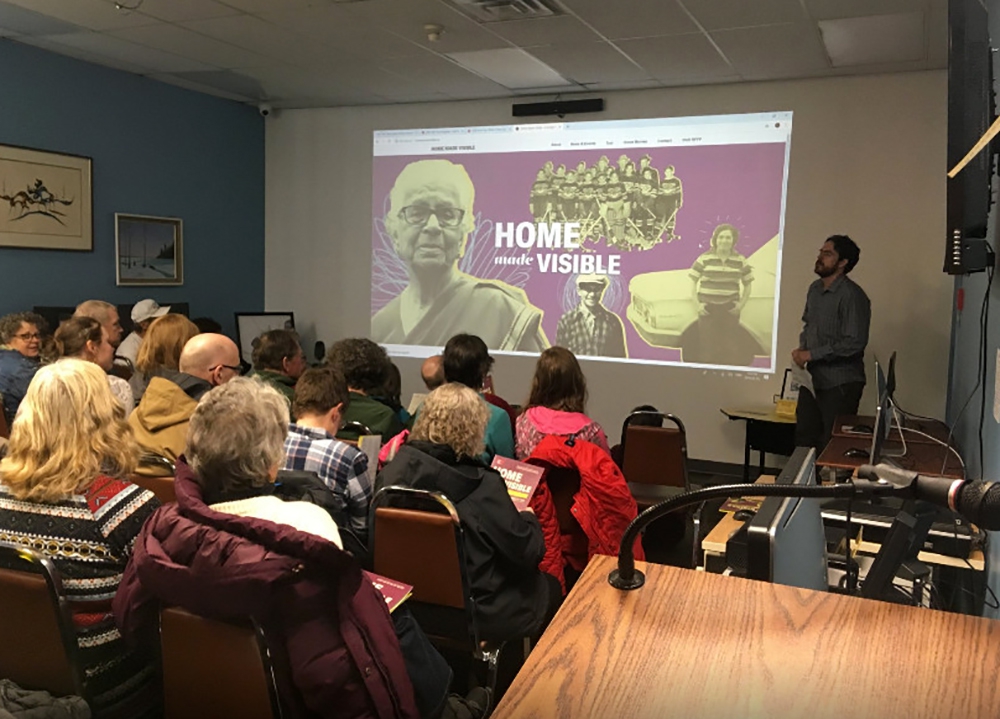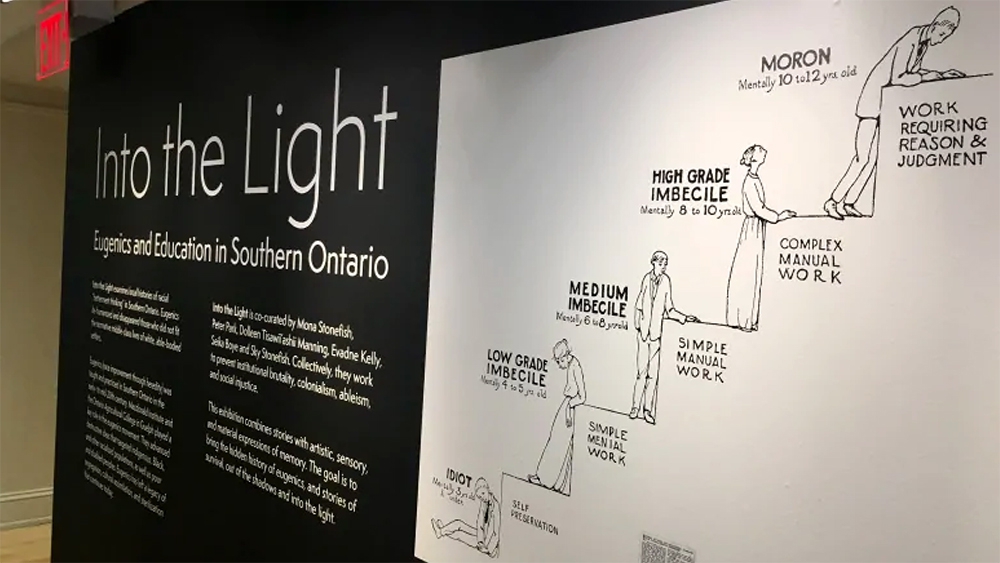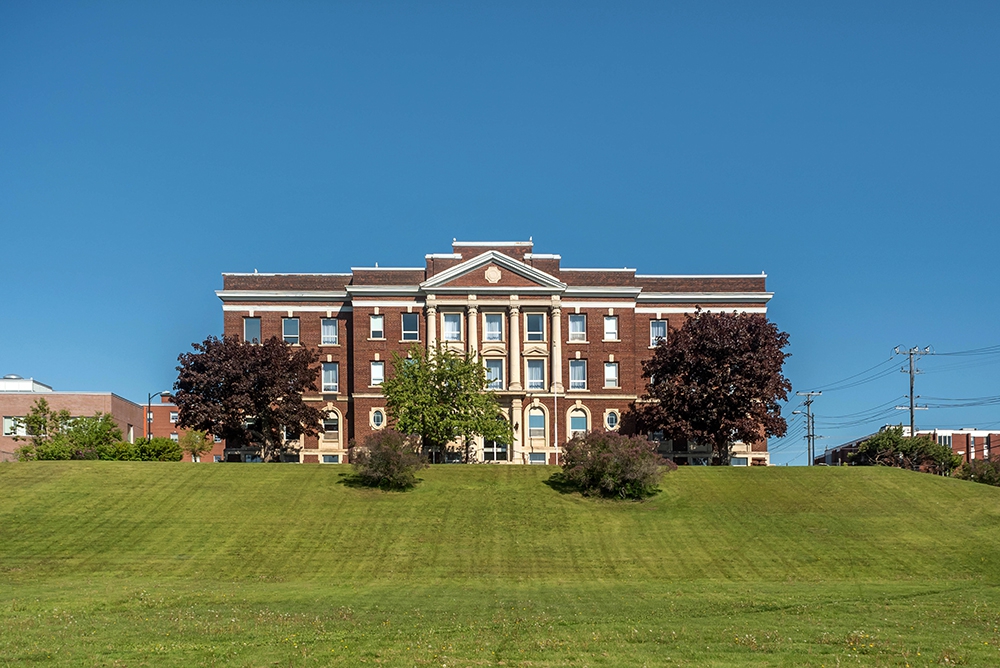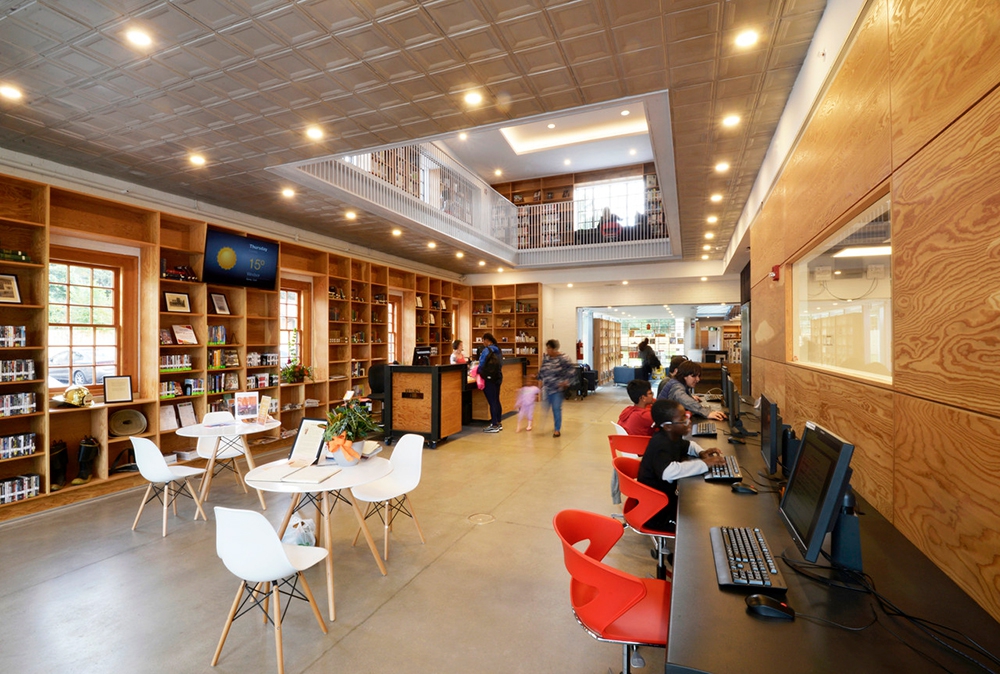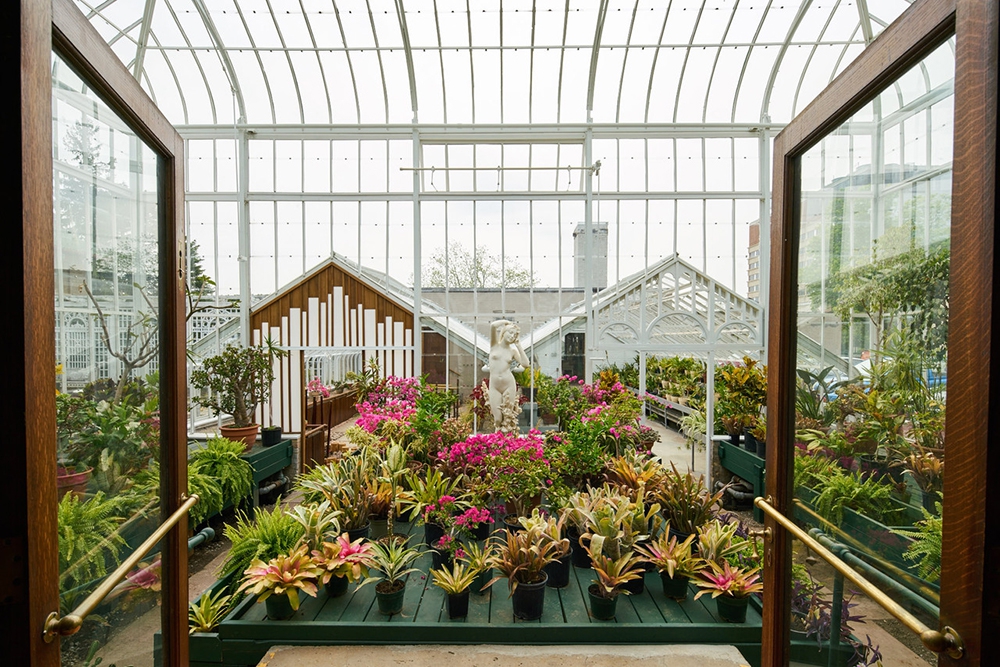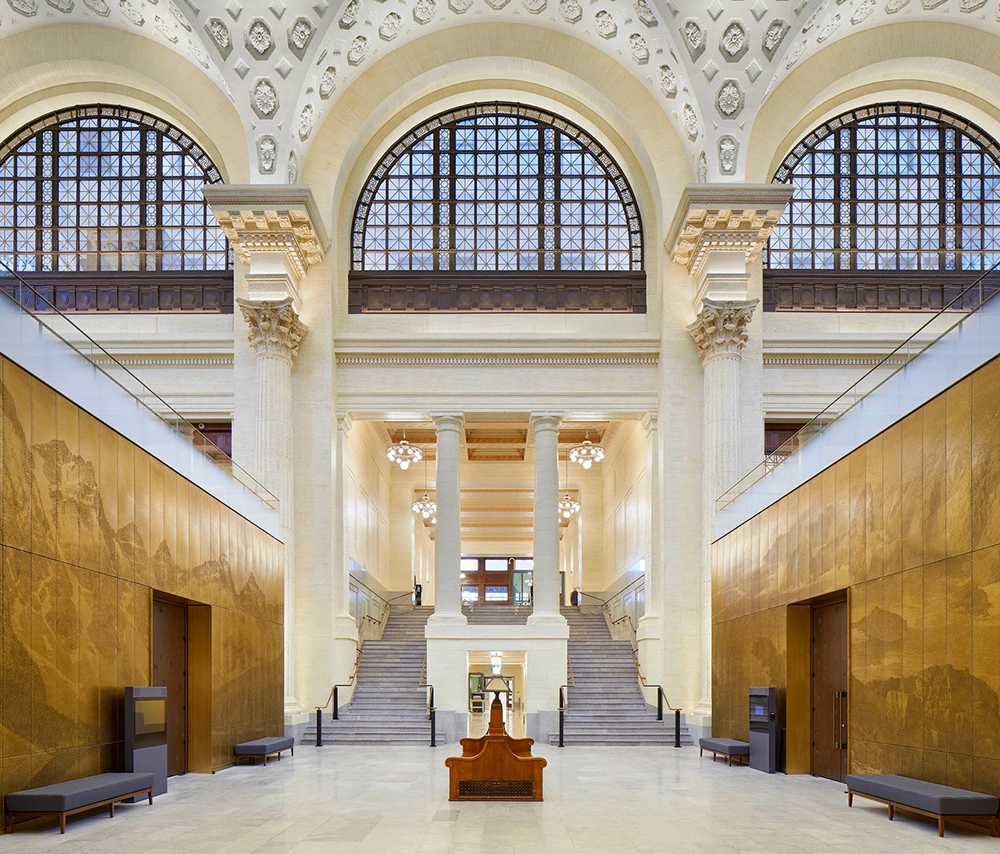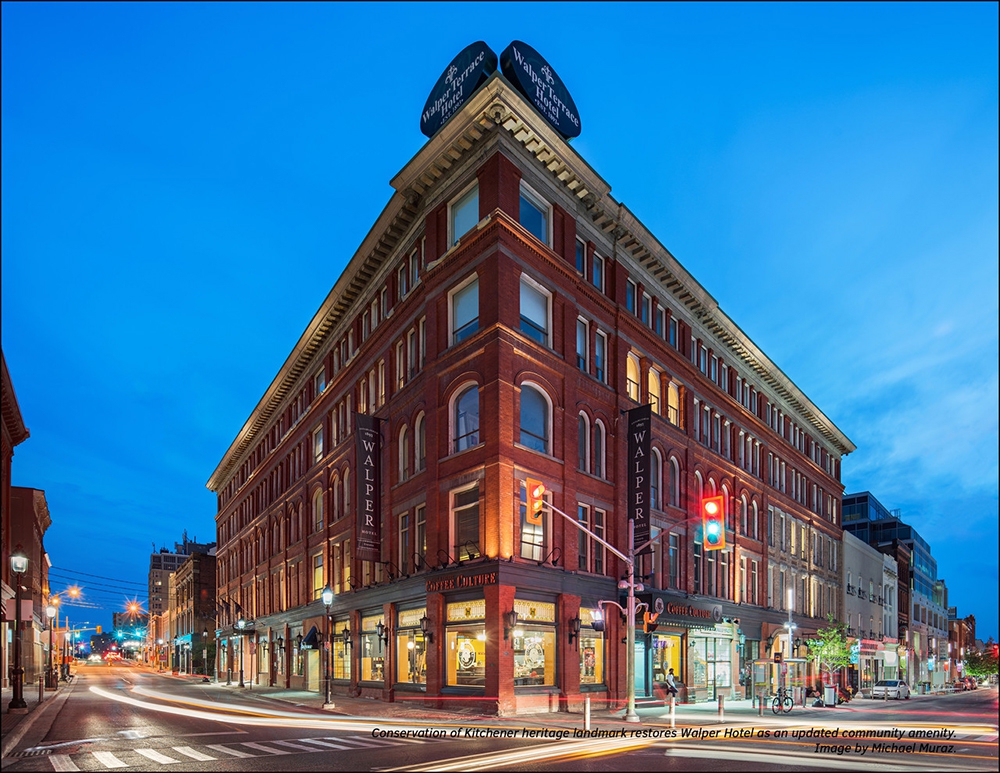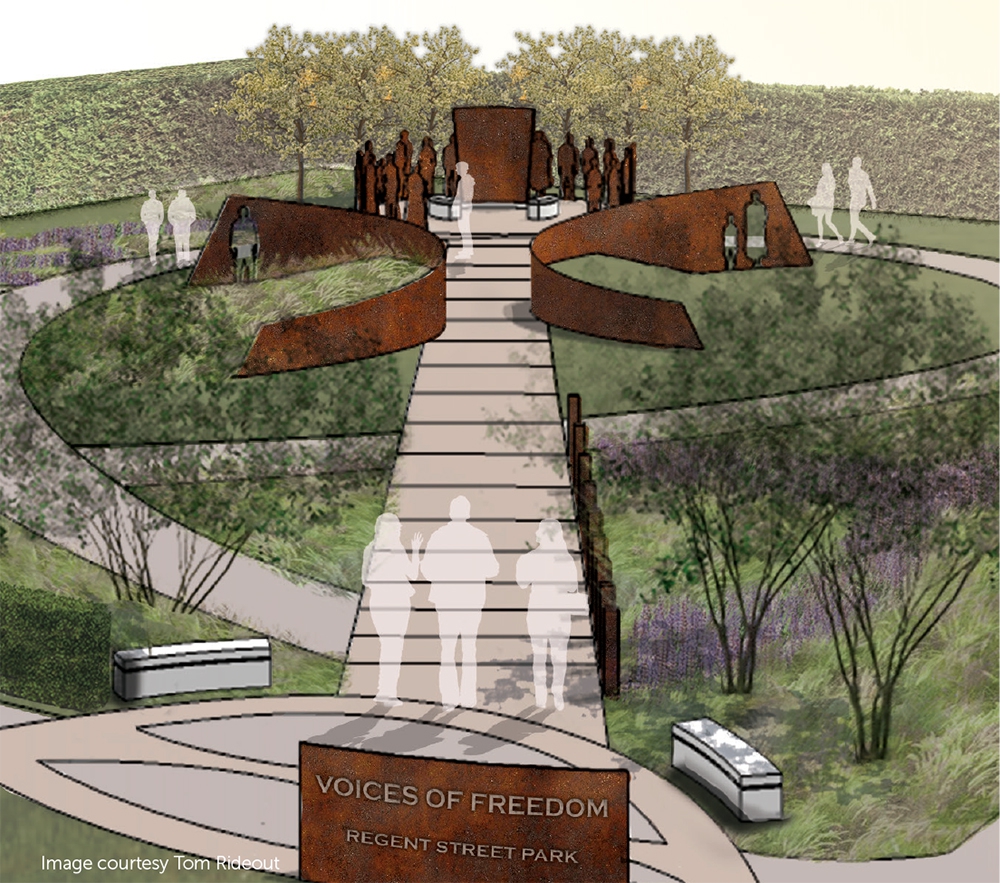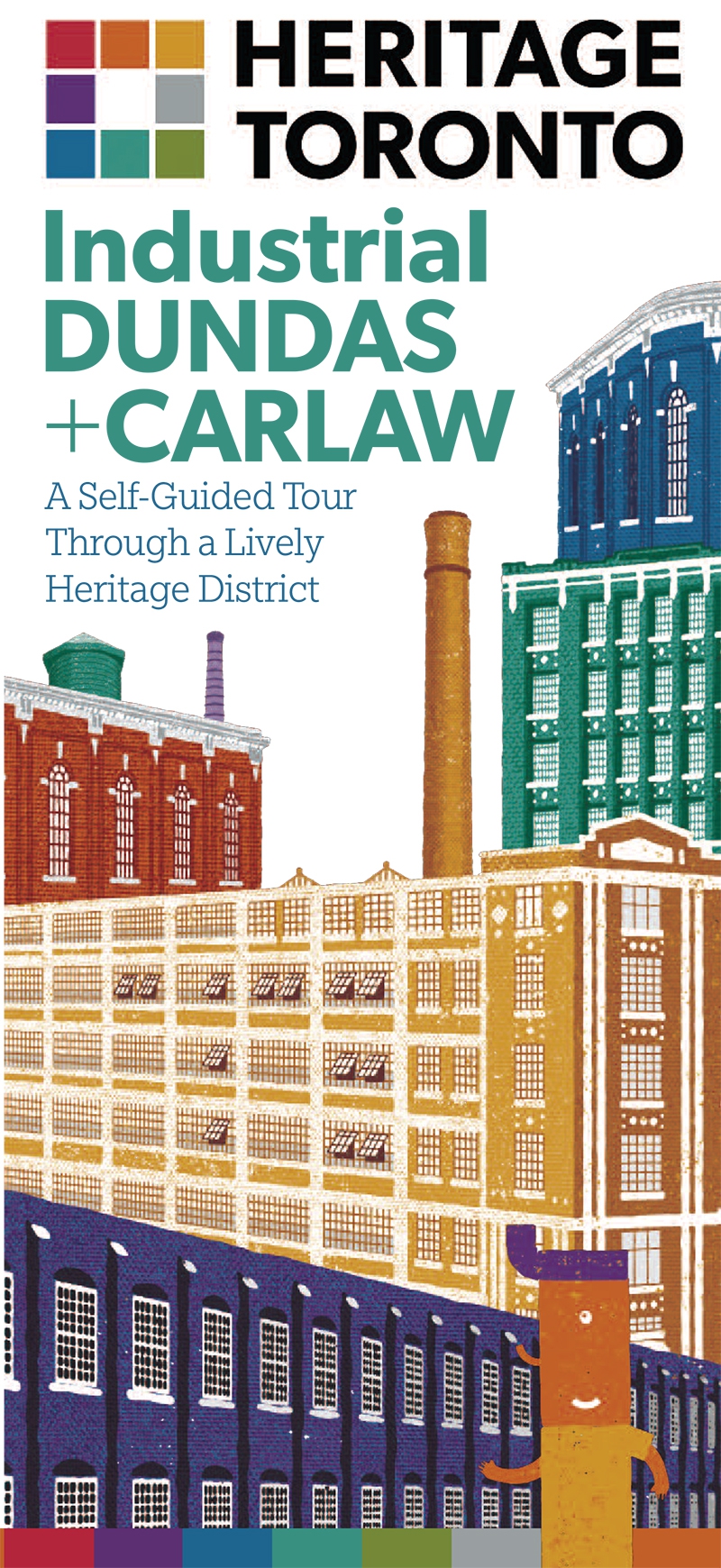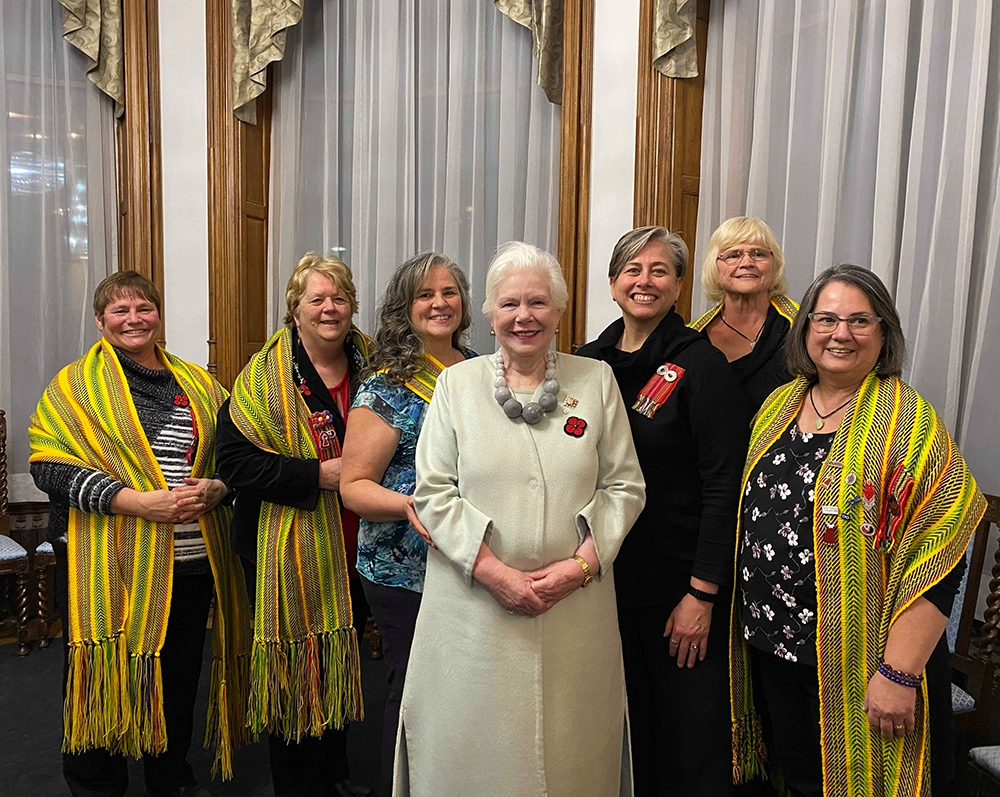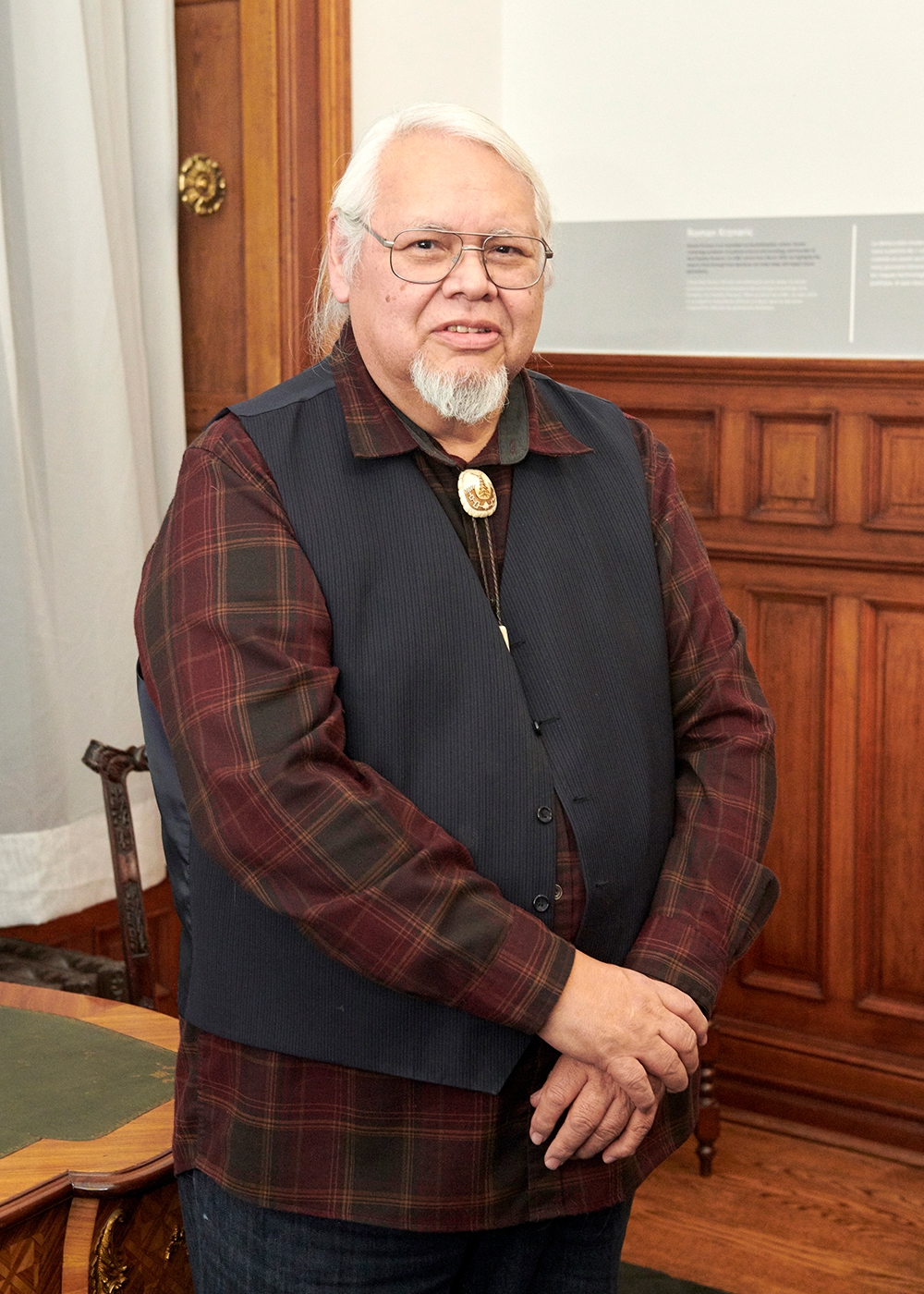Menu
2019 recipients of the Lieutenant Governor's Ontario Heritage Awards
“The Ontario Heritage Trust is proud to join the Lieutenant Governor of Ontario to recognize these remarkable individuals, organizations and communities for the outstanding heritage contributions they have made,” said Harvey McCue, Chair of the Trust. “These achievements will endure for many years into the future and leave positive a mark on the province.”
The annual Lieutenant Governor’s Ontario Heritage Awards recognize exceptional contributions to cultural and natural heritage conservation, environmental sustainability and biodiversity. This year’s awards, now in their 14th year, encompass a wide range of unique and fascinating achievements in the conservation of Ontario’s heritage.
The Trust is delighted to introduce you to this year's recipients:
Lifetime Achievement:
Youth Achievement:
Individual:
Group:
- Hidden Histories: Labour to Lofts
- Holy Trinity School Grade 7 Richmond Hill Heritage Architecture Artists
- Student volunteers at the Waterloo Wellington Children's Groundwater Festival
Excellence in Conservation:
- Anishnaabwe Endaat “Where We Live”
- Charlie Fairbank and the Fairbank Oil Properties
- Home Made Visible
- Into the Light: Eugenics and Education in Southern Ontario
- The Courthouse Hotel Project
- The John Muir Branch, Windsor Public Library
- Parkwood National Historic Site Greenhouses Conservation Project
- The Senate of Canada Building Project
- The Walper Hotel Project
- Voices of Freedom Art Park and Digital Interactive Exhibition
Community Leadership:
- Heritage Toronto for Dundas + Carlaw: Made in Toronto
- The Métis Nation of Ontario Women’s Council for the Métis Women’s Leadership Gathering
Thomas Symons Award for Commitment to Conservation (NEW):
Lifetime Achievement
Carol White and Wayne Hugli
Carol White (Executive Director) and Wayne Hugli (Treasurer) direct the Ontario Heritage Fairs program of the Ontario Heritage Fairs Association (OHFA). As directors, White and Hugli track the fairs’ activities, organize the fairs’ community networks, gather data and report to OHFA’s executive, auditors and supporters. The program coordinates over 20 communities representing more than 20,000 youth, annually. This program is supported by 4,000 volunteers and thousands of work hours. White and Hugli’s leadership of the program has facilitated these opportunities for youth to make links between the past and the present, to have a voice through the sharing of heritage stories to uncover and to share and preserve local stories, histories and language.
See a slideshow of images from the 2019 Ontario Provincial Heritage Fair
George and Judith Henderson
George Henderson (Co-President; Building Property Manager) and Judith Henderson (Treasurer) have been dedicated volunteers for over 25 years to the stewardship and conservation of the Macdonell-Williamson House, a National Historic Site in Chute-à-Blondeau. The Hendersons have undertaken and delivered many conservation projects at the house including the recreation of the period kitchen, the restoration of the vintage mouldings in the parlour, repainting of the parlour, the creation of a tea room and the re-enforcement of the main floor. These conservation initiatives have developed the house into a successful cultural, historic and bilingual tourist centre.
Visit the Friends of Macdonell-Williamson House website
Laurence Grant
Laurence Grant has been a driving force behind a vast range of heritage and conservation endeavours in Dutton Dunwich for over 30 years. He is dedicated to preserving the quality of rural built heritage, and the impact of his work is apparent in the three buildings he has restored in Iona – his residence, the Lumley and Co. Store and Iona Hall. Grant has organized a variety of local heritage initiatives, including a national fundraising and advocacy campaign to bring John McCrae's medals into public collection, which raised $300,000. His leadership also led to the founding of the St. Thomas-Elgin Branch of the Architectural Conservancy of Ontario, the Dutton Dunwich Heritage Committee and the designation of five local heritage properties.
See some media coverage of this restoration project
Sharon Spall
Sharon Spall began volunteering at the Schneider Haus National Historic Site 39 years ago. She watched the house undergo its historic restoration into a museum. She was an inaugural member of the Friends of Joseph Schneider Haus and has given generously of her time in every facet of the museum’s operation, including contributing to the restoration work of the structure and providing fundraising support in the museum’s gift shop. Sharon has also applied her knowledge of traditional German folk art to assist in the acquisition of artifacts and art for the museum, as well as assisted in developing the folk-artist-in-residency program to enrich the community outreach of the museum and interpretation of early German traditions in Waterloo Region.
Learn more about the Schneider Haus National Historic Site
Youth Achievement – Individual
Ashley Harper
Ashley Harper is a dedicated young historian with a keen interest in interpreting the history of Eastern Ontario, and of the United Empire Loyalists in particular, for the education of the general public. Since 2016, she has been a member of St. Lawrence Branch, United Empire Loyalist Association of Canada, and since 2018 she has risen to a member of the branch’s Board of Directors. Harper has taken the lead in innovative ways to acquire history including developing and conducting oral history sessions. She is also the current President of the Chesterville and District Historical Society. Harper has shown leadership in organizing events, giving speeches and administering social media accounts. Currently, she is in her third year at Carleton University in the BA History Program.
Learn more about the United Empire Loyalists' Association of Canada - St. Lawrence Branch, as well as the Chesterville and District Historical Society
Deon Singh
Deon Singh is a young advocate for environmentalism and has been involved as a volunteer with Credit Valley Conservation since July 2017. He participated in the Conservation Youth Corps volunteer program in 2017 before joining the Frontline program, which he has been involved in for the past three seasons. Since September 2018, Singh has been a member of the Frontline Steering Committee, a role in which he has helped develop content, lead workshops and act as a young ambassador for Credit Valley Conservation in his broader community. Deon frequently speaks on behalf of Credit Valley Conservation at large events hosted by the organization, and has spoken to hundreds of other youth on how they can make a difference in their community through local environmental conservation programs.
Explore the Credit Valley Conservation website
Grace Gong
Grace Gong is an Executive at Peel Environmental Youth Alliance. She contributes to environmental conservation by engaging youth in environmentally friendly programming, promoting events and actively engaging in city consultations for Mississauga’s 2020 climate action plan. Gong has met with the Mayor to discuss the Climate Plan for Mississauga. She also leads many local public environmental initiatives, including her school's Green Team and recycling program, water bottle drives, battery drives and a garbage collection day. She also runs a non-profit, called “GreenShirt,” which partners with local businesses to collect clothing donations, wash them and donate them to local non-profit organizations.
See all the projects and activities that the Peel Environmental Youth Alliance is involved with
Youth Achievement – Group
Hidden Histories: Labour to Lofts
Six students in the Canadian Studies Program at the University of Toronto investigated the significance of industrial buildings in Toronto, each key to the city's economic and community development. Researching in material and digital archives, the students documented and uncovered the histories and transformations of industrial spaces, such as factory-to-loft conversions pitched to urban professionals. The students worked through archival photos, maps, municipal planning documents and other city records to reveal the contrast and disparity between past and present uses of each building. Each student undertook independent research, dedicating time to both the archival research and the clear documentation and presentation of archival findings. In addition, the students worked with digital tools, learning the design principles of relational databases as a support to safeguarding and communicating their findings, often seeking out extracurricular instruction and guidance on working with specific digital platforms.
Explore the accompanying website
Holy Trinity School Grade 7 Richmond Hill Heritage Architecture Artists
The Richmond Hill Heritage Architecture Project develops students’ understanding of the role of architecture in their community and how European immigration influenced heritage architecture in Richmond Hill. As they developed the finished product – a series of black and white pen line renderings of heritage buildings in Richmond Hill – the students closely observed the structure, design and materials of these buildings to develop their understanding and observational skills. The students made connections to the people and stories who inhabited their subjects and learned about how the transatlantic migration of ideas inspired the design of these dwellings and churches in building their community. These drawings will be displayed in the Richmond Hill Heritage Centre later in 2020, where they will be used to educate visiting school groups and other community visitors.
Explore exhibits and displays at the Richmond Hill Heritage Centre
Student Volunteers at the Waterloo Wellington Children’s Groundwater Festival
Since 2003, students at Galt Collegiate Institute have volunteered at the Waterloo Wellington Children’s Groundwater Festival. Each year, prior to and during the festival, a group of enthusiastic volunteers prepare for and then animate 50 hands-on, interactive learning centres. The high school students provide leadership and engage younger students in Grades 2 to 5 in learning about the importance of natural heritage conservation in their daily lives. The Groundwater Festival focuses on using water wisely, protecting your water, examining the relationship between water and technology, and celebrating the role of water in the ecosystem. The Groundwater Festival has a profound impact on local youth and educates more than 5,000 primary students each year.
Learn more about the Waterloo Wellington Children's Groundwater Festival
Excellence in Conservation:
Anishnaabwe Endaat “Where We Live”
Anishnaabwe Endaat “Where We Live” is a new permanent exhibition at the Bruce County Museum and Cultural Centre. The project was a collaborative partnership undertaken over three years to exhibit the past, present and future of Bruce County through the eyes of local Indigenous communities and incorporating their traditional ways of knowing and learning. Saugeen Ojibiway Nation was a partner on the project, including Chippewas of Nawash Unceded First Nation and Chippewas of Saugeen First Nation. The inspiration in creating this exhibition was to allow for presentation of local Indigenous culture in a broader environmental and cultural context, specifically the impacts that the area’s changing climate and landscape have had on a range of cultural expression, including subsistence pursuits, material culture and settlement, and how they have evolved into today’s Indigenous culture. The exhibition has been visited over 22,000 times since November 2018.
Learn more about the Bruce County Museum and Cultural Centre
Charlie Fairbank and the Fairbank Oil Properties
Since the 1970s, as the owner of Fairbank Oil Properties (a National Historic Site), Charlie Fairbank has worked tirelessly to preserve the legacy of the oil industry in Lambton County, and is currently pursuing UNESCO World Heritage Site designation for this cultural landscape. Fairbank is committed to preserving the uniqueness and authenticity of his working oil field. His efforts have inspired others to identify, conserve, use, celebrate and value these heritage buildings, landscapes and natural areas associated with the Oil Heritage District. Fairbank has been involved with numerous local heritage conservation projects in Lambton County, including: the hosting of two field schools for university industrial archaeology students, the commissioning of several metal sculptures depicting people and events in local oil history, which have been installed across the country, and the development of an interpretive nature trail.
Explore the Oil Museum of Canada
Home Made Visible
Home Made Visible is an archival and digital stories preservation project, active between 2018-19. Through the digitization of home movie footage from Indigenous people and Visible Minorities, the project addresses a deficit in archived footage from these groups in Canadian archives. It has digitized 296 home movies in two years, with the guidance and archiving expertise of York University Libraries. Home Made Visible preserves these stories, celebrates the joy captured in home movies, and explores how archives have the power to shape who we become and how we relate to one another. These home movies range as far back as the 1920s, showcasing lives of Visible Minorities in ways that evade representation both historically and presently in our mainstream. The project also engaged Indigenous and Visible Minority media artists to create seven works exploring how archives shape the ways we think about ourselves and coexistence between our many communities, toured an exhibit of the completed artworks, and selected clips of home movies to engage the wider public in personal archiving.
Explore the fascinating stories on the Home Made Visible website
Into the Light: Eugenics and Education in Southern Ontario
Into the Light: Eugenics and Education in Southern Ontario is an exhibition at Guelph Museums, in collaboration with ReVision: The Centre for Art and Social Justice/Bodies in Translation, that brings the histories and experiences of eugenics to light. The exhibition has preserved and protected the stories of survivors of eugenic practices, and uncovered evidence of eugenics in education found in university archives. Into the Light situates individuals with lived experience at the forefront and turns over museum space to tell these stories. The museum provides the space and acts as liaison between voices that have been marginalized from the broader community. Substantial efforts have been made to ensure that the exhibition is accessible, including use of plain language, American Sign Language interpretation at events, captioning and transcripts of audio components, and narrative audio description. Its curators hope that Into the Light will inspire future examination and scholarship regarding the issue of eugenics and other difficult histories.
Discover more about this exhibit at Guelph Museums
The Courthouse Hotel Project
The Courthouse Hotel in Thunder Bay was originally built as the Port Arthur District Court House in 1924. The building was placed on the local heritage register in 2009 and continued to serve as the Superior Court of Justice until 2014. Throughout the renovation process, beginning in 2017, the hotel’s owner worked to ensure that the building retained its significant historical features. Three million dollars were spent on this extensive renovation project. Much of the building’s original woodwork was retained, as have many of the grand interior spaces including the former main courtroom (now transformed into a ballroom). The Courthouse Hotel positively contributes to community development and revitalization in the downtown Port Arthur neighbourhood and complements the area’s many restaurants, cafés, theatres, shops and local businesses. The project also demonstrates private sector confidence for investment in Thunder Bay.
Learn more about The Courthouse Hotel
The John Muir Branch, Windsor Public Library
The John Muir Branch of the Windsor Public Library incorporates the adaptive reuse of a 1921 fire hall and rare surviving 19th-century fire hall stable joined by a contemporary architectural addition. Located in the heart of Windsor’s historic Sandwich neighbourhood and named after a longtime community activist who advocated for the importance of historic landmarks, the John Muir Branch showcases reclaimed materials and historic construction techniques as well as contemporary library technology. Notable features include the glass-capped observation tower, suspended bridge made from reclaimed wood found onsite, and flexible performance space. The project followed a methodical process of archaeology and architectural archival documentation, following best practices per the Historic American Buildings Survey and The Standards and Guidelines for the Conservation of Historic Places in Canada. Considerable teaching of local trades also occurred on this job, anticipating affordable, future restoration work in an area of Ontario where local trades have had limited heritage experience. The branch has become a valuable community asset, which speaks to the value of the historic area and the public library’s role as the “community’s living room.”
Discover the Windsor Public Library and learn more about John Muir
The Parkwood National Historic Site Greenhouses Conservation Project
Parkwood National Historic Site in Oshawa was erected in 1915 as the home of industrialist Colonel Sam McLaughlin. When built, the estate included five greenhouses, with more added in the decades following. After the property was transferred to a local hospital in 1972, all but six of the greenhouses were demolished, and the remaining structures fell into a state of disrepair. This conservation project aimed to conserve the Parkwood National Historic Site greenhouses through repair and restoration to ensure their long-term stability. Detailed condition reviews, informed by original records and reviews of comparable original properties elsewhere, were carried out in advance of all phases of the greenhouse conservation project to verify the repair scope and ensure that the original building fabric was maintained and repaired where possible. Due to the condition of the greenhouses, however, it was determined that the best strategy was to dismantle, repair and reconstruct them. The result is a complex of rehabilitated structures on the historic estate that provide this National Historic Site with increased capacity for community programming. They provide opportunities for education and enjoyment to area residents and visitors from across Canada and around the world, and even more specialized opportunities for horticultural enthusiasts and local students.
Explore Parkwood National Historic Site and learn more about Colonel Sam McLaughlin
The Senate of Canada Building Project
Constructed in 1912 as Ottawa’s Union Station, the Senate of Canada Building is a prominent example of the beaux arts railway station tradition. The former station has been refurbished to accommodate the Senate of Canada during the rehabilitation of the Centre Block. The project scope included the full rehabilitation of the exterior and interior of the building. The rehabilitation of the Senate of Canada Building revealed the original character and historical elements of the building that had become concealed during earlier modifications. The conservation work aimed to restore the clarity and symmetry of the original beaux arts planning, establishing a clear and coherent historical link between the order and space of the original train station, and its modern 21st-century use by the Senate. Marble floors, vaulted ceilings cast in plaster and cast-iron Diocletian windows were carefully repaired, and faux travertine walls were recreated following detailed paint analysis that offered clues to the original colour palette of the building. Innovative explorations in wood, bronze and glass depict modern and iconic Canadian symbols and landscapes throughout the building. The building’s redevelopment also set a new precedent for plaster conservation in Canada with the rehabilitation of the two extensive and magnificent suspended ceilings.
Learn about the restoring and modernizing of the Senate of Canada Building
The Walper Hotel Project
The Walper Hotel in Kitchener was built in 1893 and was designated as a historic landmark under the Ontario Heritage Act in 1983. Despite hosting many notable guests in its heyday, the hotel fell into a state of disrepair by the late 20th century. Conservation/restoration work began in 2016. The project involved extensive exterior and interior restoration, renovation and aesthetic upgrades. Extensive localized roof, truss, sub-flooring and structural repairs were required. Aspects of the conservation of the building’s heritage fabric include such details as the restoration of the exterior canopy, roof refurbishment/cornice and dentils, the cornice that caps the top of the ground floor, exterior brickwork and interior columns, panelling and mouldings. The hotel reopened in 2018 and is a key element in downtown Kitchener’s revitalization, and a major local cultural and entertainment amenity.
Explore the restored Walper Hotel
Voices of Freedom Art Park and Digital Interactive Exhibition
Voices of Freedom is an experiential art park in Niagara-on-the-Lake designed to engage, educate and challenge visitors about Black history. Approval was granted for construction in 2014 by Town Council and, following approval, two years of planning and building were overseen by the Niagara Historical Society and Museum. The project occupies a significant site in the heart of the Old Town to understand and honour Black history. It combines structural art with contextual historical narratives provided by a downloadable app. This app offers visitors the opportunity to listen and learn about the historical context and stories of struggle, resistance, sacrifice and success. It also includes a walking tour of relevant historic sites and buildings in Niagara-on-the-Lake, complemented by historical research on the Black history of the town. The legacy is further enhanced with a corresponding Ontario curriculum-based comprehensive education program for Grades 3-12.
Learn more about the Voices of Freedom Art Park
Community Leadership:
Heritage Toronto for Dundas + Carlaw: Made in Toronto
The Dundas + Carlaw: Made in Toronto project highlights the industrial heritage and everyday experiences of working people in the Leslieville neighbourhood. This two-year project, led by Heritage Toronto, collected dozens of firsthand accounts from couples who met working at local factories, and entire families who lived in the community. For this project, Heritage Toronto produced 11 new plaques (the organization’s first “Plaque District”), developed a self-guided tour distributed to 5,000 residents and visitors, and launched its first digital heritage tool, an online tour that has received nearly 7,000 pageviews since its June 2019 launch. The project highlights the city’s post-industrial east end, which is an area that has traditionally received less attention than its west-end and downtown companions of Liberty Village and the Distillery District. The project also uses an innovative variety of heritage community programming tools to create meaningful public engagement with the stories and spaces of the past.
Take this self-guided walking tour [PDF | 3.1 MB]
The Métis Nation of Ontario Women’s Council for the Métis Women’s Leadership Gathering
From April 5-8, 2019, the Métis Nation of Ontario Women’s Council hosted a Métis Women’s Leadership Gathering. The prime purpose of the gathering was to strengthen the leadership of Métis women in the Métis Nation of Ontario. Fifty-eight women from across the province attended the gathering and participated in workshops that shared traditional cultural practices. It was the largest gathering in the history of the Métis Nation specifically for Métis women. Given the vast territory of the Métis Nation and history of colonization, in-person gatherings are considered essential to the sharing of traditional knowledge and the preservation of Métis heritage. The result of the leadership gathering was that the women gained the tools to share, teach and preserve Métis traditions in their local communities.
Learn more about the Métis Nation of Ontario
(NEW) Thomas Symons Award for Commitment to Conservation:
Rick Hill
Rick Hill has demonstrated an exceptional and lifelong commitment to nurturing deeper understandings and explorations of traditional Haudenosaunee knowledge and worldviews within the Six Nations of the Grand River community and more broadly. Over several decades, he has advocated for the cultural significance and oral narratives of Haudenosaunee knowledge and cultural practices. He has shown deep commitment throughout his career to connecting traditional knowledge to the present day, demonstrating its relevancy to contemporary matters and cultural practices. Hill has written extensively on how museums and the heritage sector can build reconciliation with Indigenous peoples by incorporating local Indigenous worldviews and knowledge into large-scale exhibition design and planning and through the repatriation of artifacts and the remains of ancestors. Hill was the recipient of an Honorary Doctorate from McMaster University in 2016. He recently retired as Senior Project Coordinator of the Deyohahá:ge: Indigenous Knowledge Centre at Six Nations Polytechnic in Ohsweken, and is currently working as an interpretive specialist to develop exhibitions for the Mohawk Institute Residential School, the oldest residential school in Canada (operational from 1828-1970).






